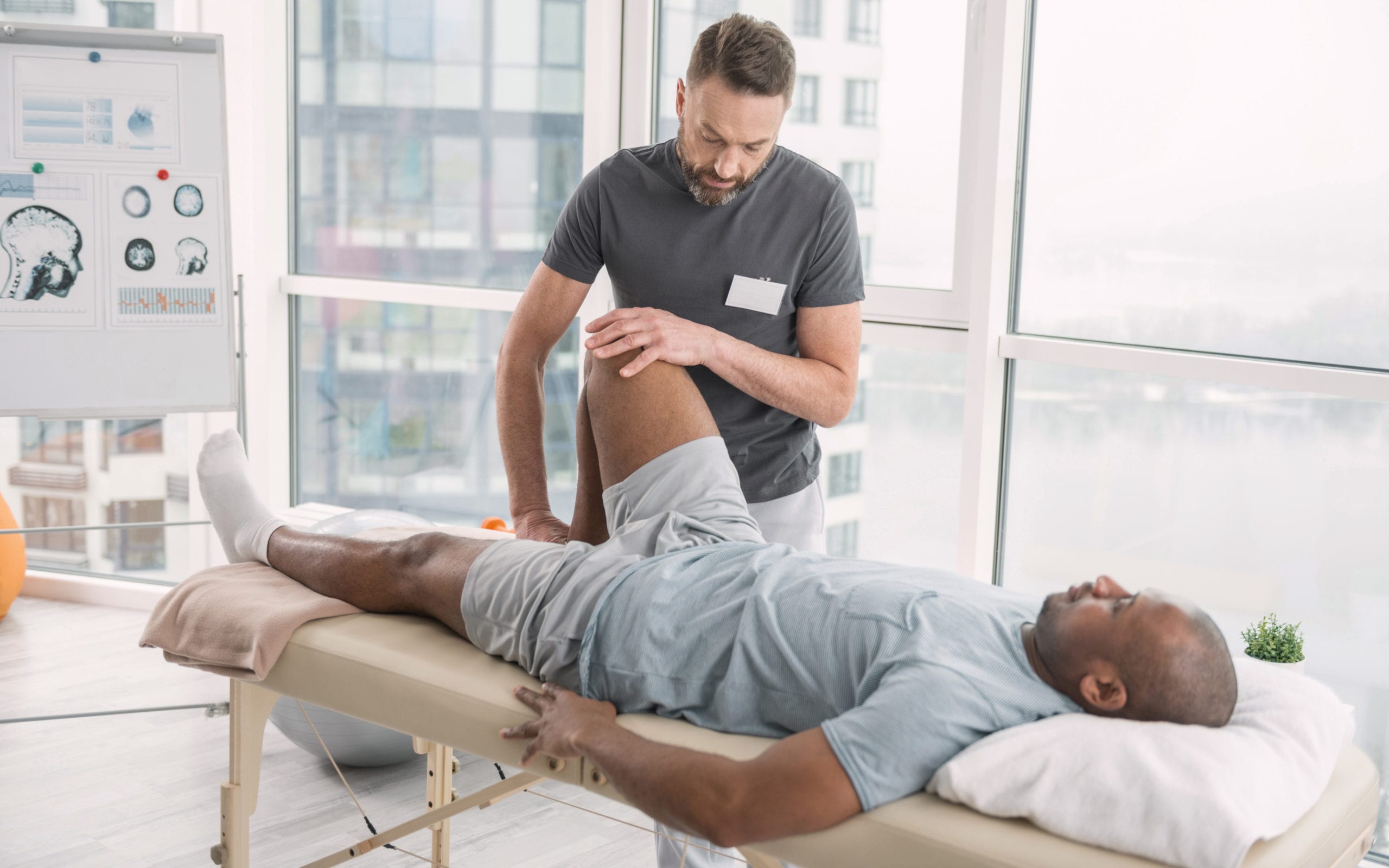Learning Common Athletic Injuries as well as Effective Rehabilitation Plans for Sports Players
Learning Common Athletic Injuries as well as Effective Rehabilitation Plans for Sports Players
Blog Article
Athletic traumas are common among athletes of all ages and skill levels. These injuries can occur in multiple forms, including sprains, strains, breaks, and tendon inflammation. Understanding the kinds of injuries that can occur during athletic events is crucial for both prevention and care. Sprains, for example, entail the overextending or rupturing of connective tissues, which link bones at a articulation. Strains, on the other hand, impact muscles or tendon structures, which connect muscles to skeletal structures. Recognizing these traumas early can assist athletes obtain appropriate care and come back to their sport more rapidly.
One of the frequently commonly seen traumas in sports is the foot ligament injury. This injury often happens when an individual lands ungracefully or twists their foot during a game. Signs of an ankle ligament injury include pain, swelling, and difficulty moving. Immediate care typically involves the R.I.C.E. approach, which stands for Recovery, Cooling, Compression, and Lifting. This approach aids reduce inflammation and pain. In severe serious cases, rehabilitative therapy may be required to restore power and mobility to the ankle before returning to athletics.
Another common trauma is a muscle injury, which can happen in all sport that demands sudden actions or heavy weight-bearing. Athletes may suffer a muscle injury when they stretch a muscular tissue too far or when they apply too much effort. Symptoms include acute pain, inflammation, and muscle contractions. Recovery for muscle injuries often includes light flexibility exercises and conditioning exercises. Slowly increasing exercise levels is crucial to avoid re-injury. Sportspeople should work tightly with a physical specialist to develop a helpful site secure and effective recovery plan.
Tendon inflammation is another trauma that can impact sportspeople, particularly those who participate in frequent movements, such as joggers or swimmers. This condition occurs when a tendon, which connects muscular tissue to skeletal structure, gets swollen. Common areas involved by tendon inflammation include the arm, upper arm, and knee. Signs often include discomfort and rigidity, especially during movement. Treatment for tendonitis usually involves rest, ice, and anti-inflammatory drugs. In certain situations, rehabilitative therapy may be recommended to improve mobility and power in the injured area.
Preventing sports traumas is just as crucial as addressing them. Athletes can reduce their risk of trauma by warming up properly before events, using the appropriate gear, and keeping good physical condition. Strength training and flexibility exercises can help ready the body for the requirements of athletics. Additionally, sportspeople should listen to their physical condition and allow breaks when needed. By understanding common athletic traumas and implementing effective rehabilitation plans, sportspeople can remain healthy and enjoy their beloved athletic activities for years to follow.